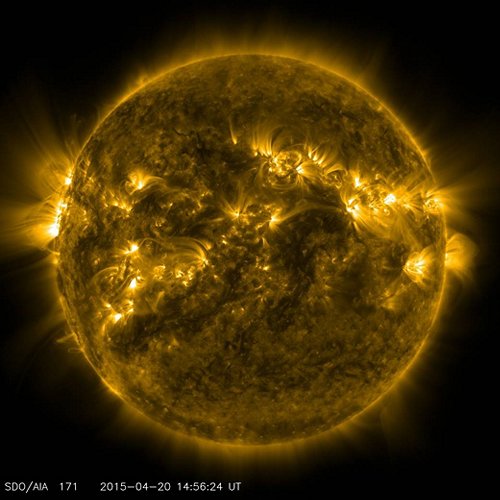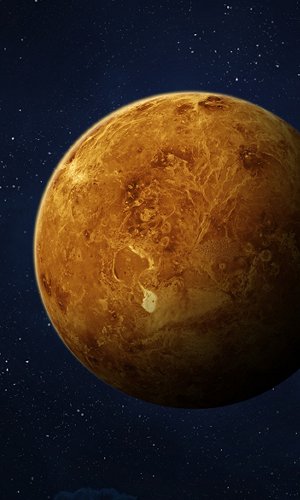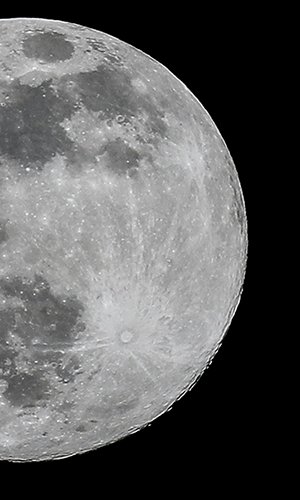Summer has just ended but the sun has yet to start to “warm up”. Our star is a huge furnace that doesn’t always work the same way but, like our mood, has ups and downs. There are times when the Sun releases a lot of energy, it is hyperactive and unpredictable, in others the star seems to doze. So, in the coming months the Sun will try out its rays and end a period of rest that has lasted eleven years. Eleven is the magic number that characterises solar activity. The solar ups and downs last about eleven years and alternate: eleven active years are followed by eleven calmer ones. What’s about to begin is solar cycle number 25. But how is it possible, if the sun has existed for more than four billion years (4.57 to be precise), that we are only at the twenty-fifth cycle? The answer to this apparent paradox lies in the starting date of the count: science has been observing solar cycles and counting them since the mid 1700s. How do we know when a phase of the cycle ends and a new one begins? By counting sunspots. There are phases with few or no spots, others with many spots.
Galileo was one of the first scientists to observe the spots of the Sun. In 1843 Heinrich Schwabe, a pharmacist and amateur astronomer, noticed that their number varied over time with a cycle of eleven years. The nature of the sunspots was only clarified at the beginning of the last century by astronomer George Ellery Hale.
Sunspots are dark areas with an irregular shape that appear on the luminous surface of the sun. They are huge, one sunspot could contain the Earth several times and they are dark because they are cold. Actually they are not cold at all, they just have a lower temperature. In fact, while the average temperature of the Sun’s surface is 5,500°C, the temperature measurable inside a spot is “only” 3,700°C. Therefore, the dark colour is due to the difference in temperature, and brightness, between the sun spot and the surface. Sunspots are highly magnetic, that is they emit a very intense magnetic field, up to 1000 times greater than that radiated by the luminous surface of the Sun. During a cycle with many sunspots, the magnetic field of the sun is stronger.
The appearance of spots on the Sun is often accompanied by a peak in the “explosive” activity of our star. The Sun releases a large amount of energy in the form of electrically charged particles (plasma) and radiation that affect the planets in its system: this is solar wind. Fortunately for us, our planet acts like a huge magnet with a magnetic field strong enough to protect us from intense solar activity. Potentially harmful radiation is deflected by the magnetic field and leaves only beautiful northern lights on Earth, which are formed when gases from high atmospheric states are excited by the charged particles of the solar wind.






